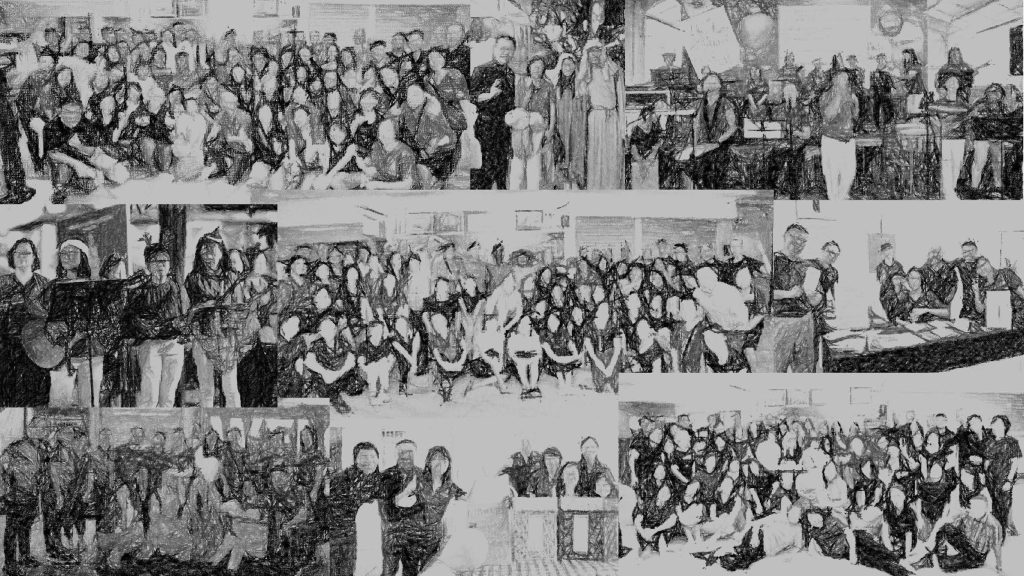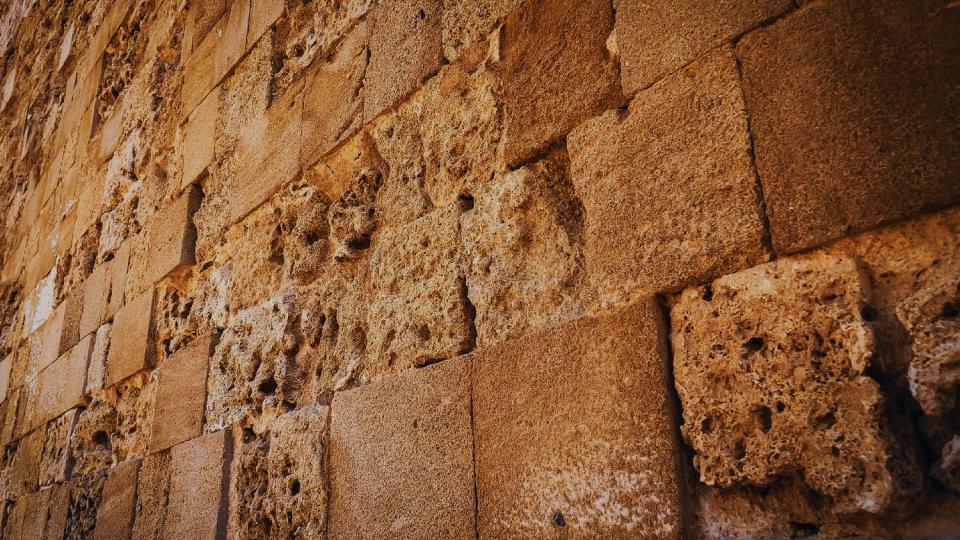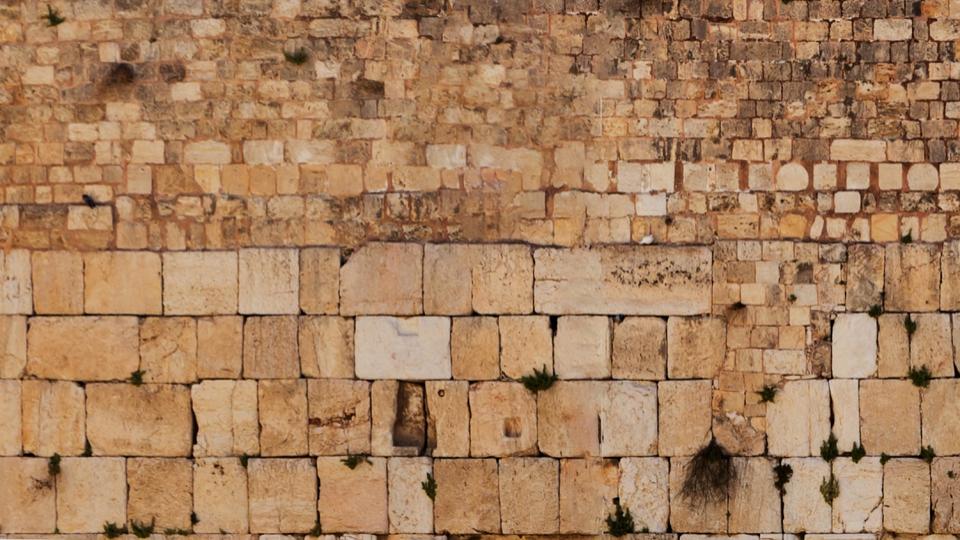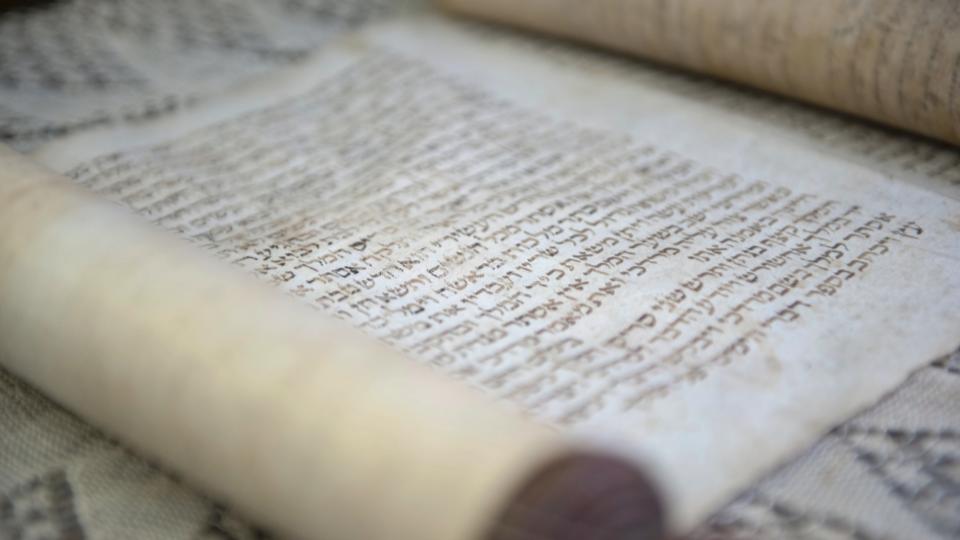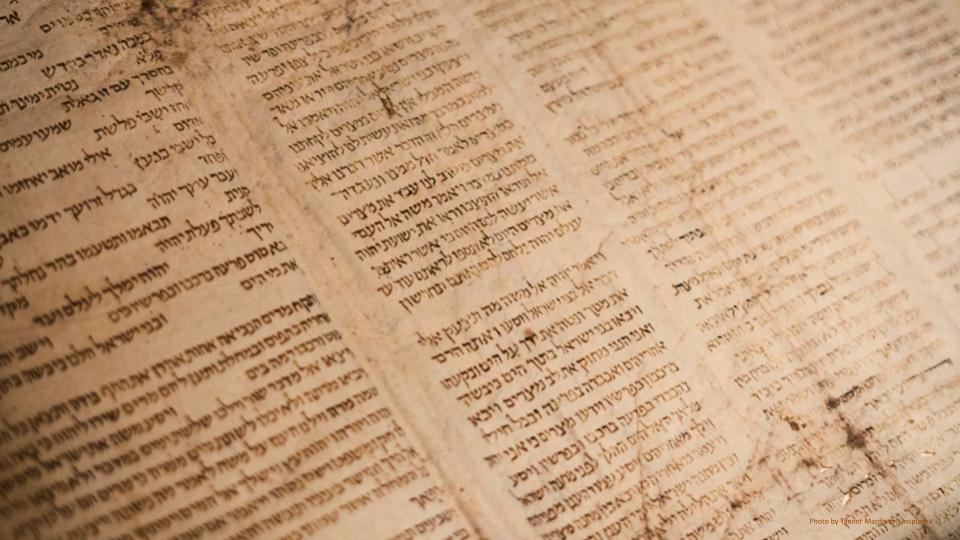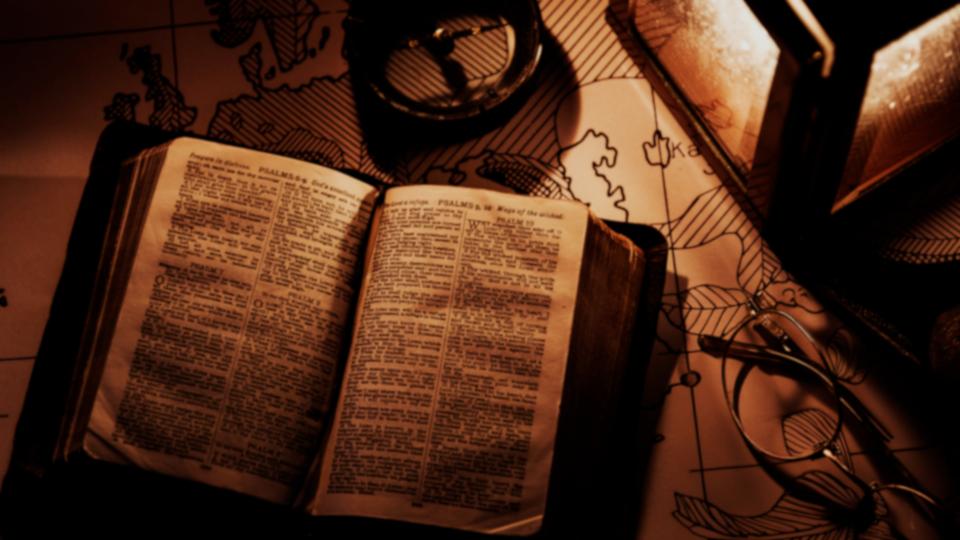Befriending Death (Traditional)
A recent study done in Singapore shows that only five in 10 Singaporeans are prepared to talk about death. People plan for birth and marriage much more than they plan for death. People put off planning for death till they are ill or retired, most begin to think about end of life matters after 50.
Befriending Death (Traditional) Read More »



